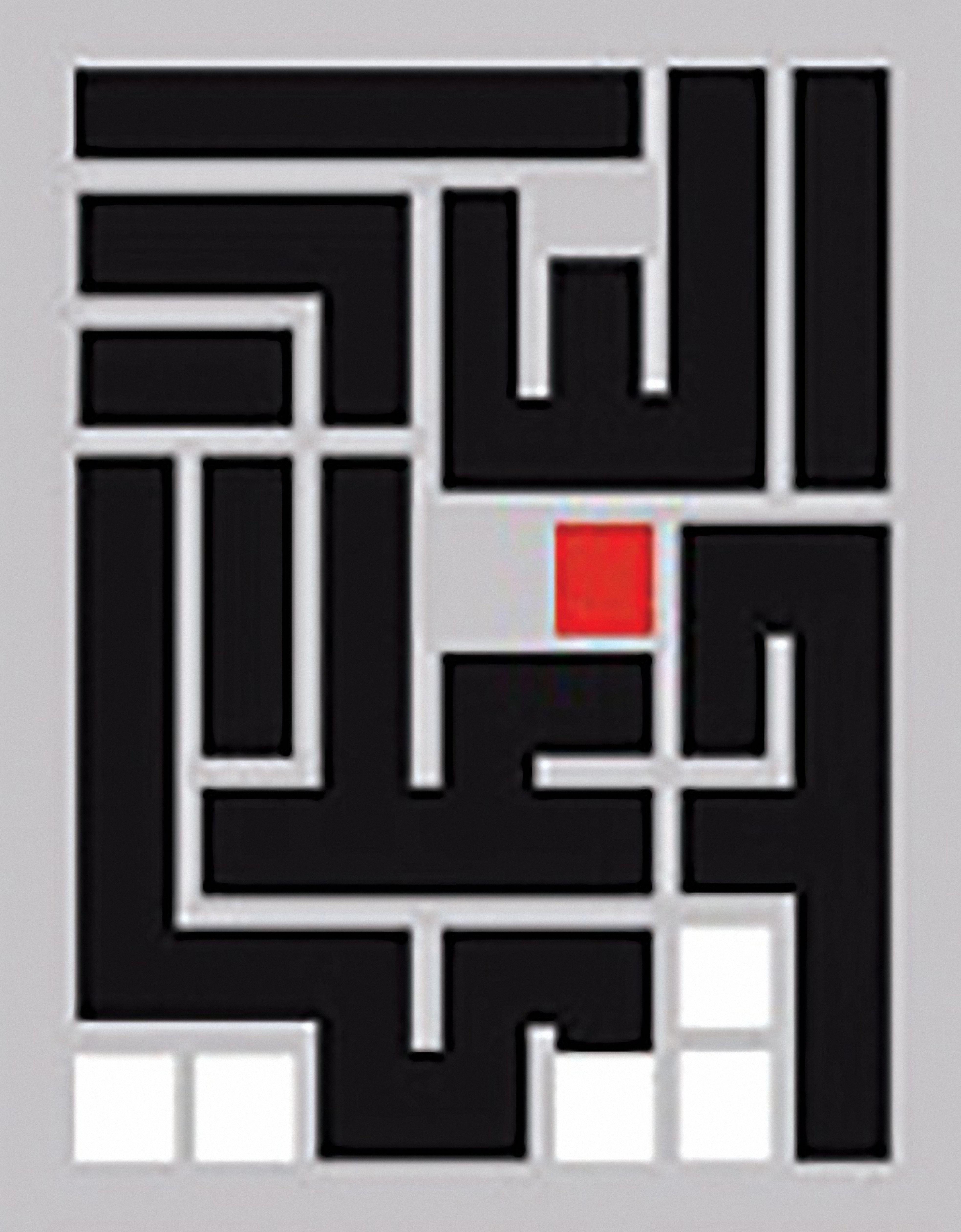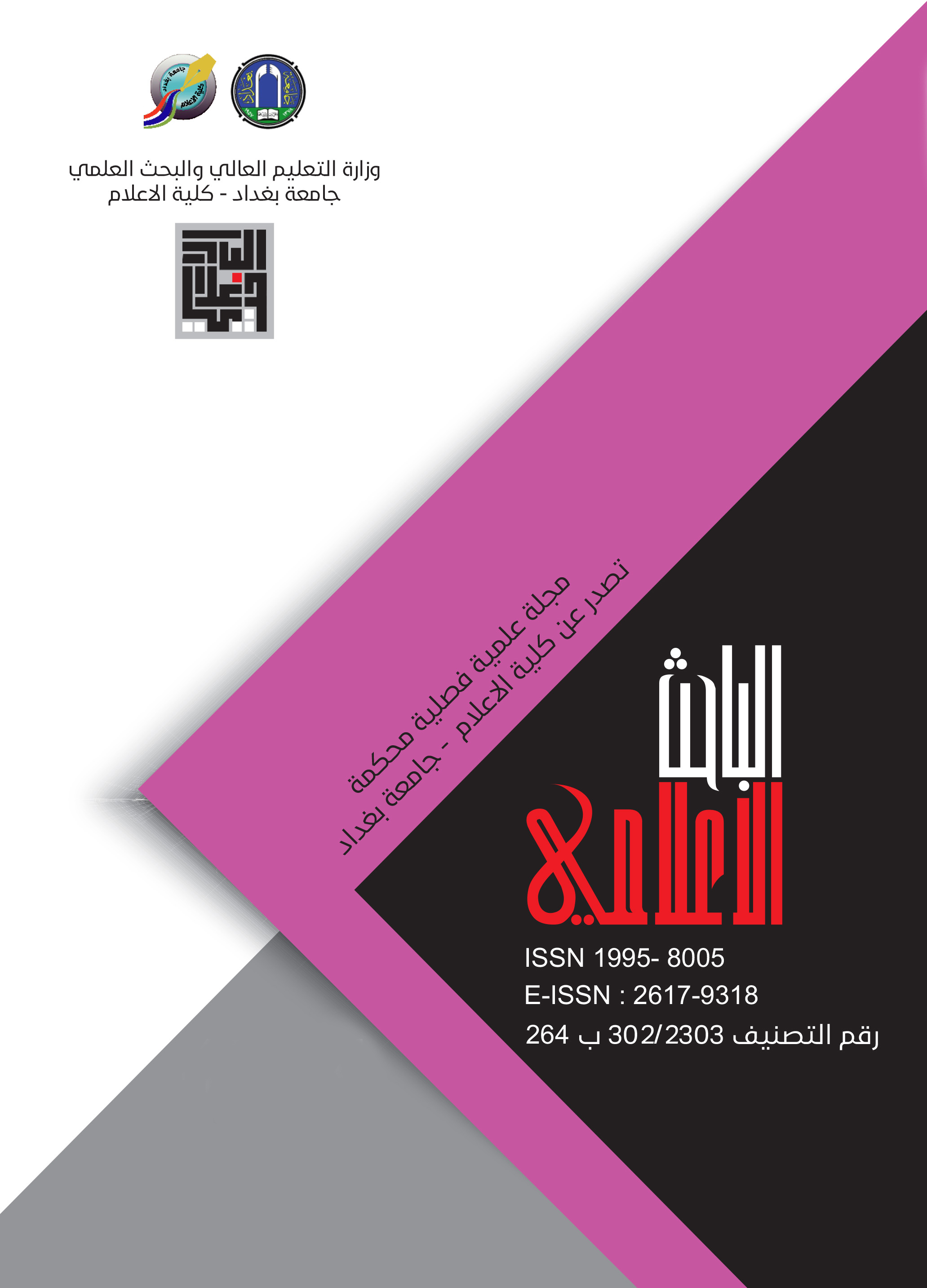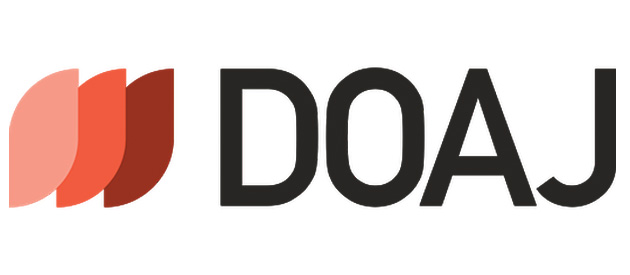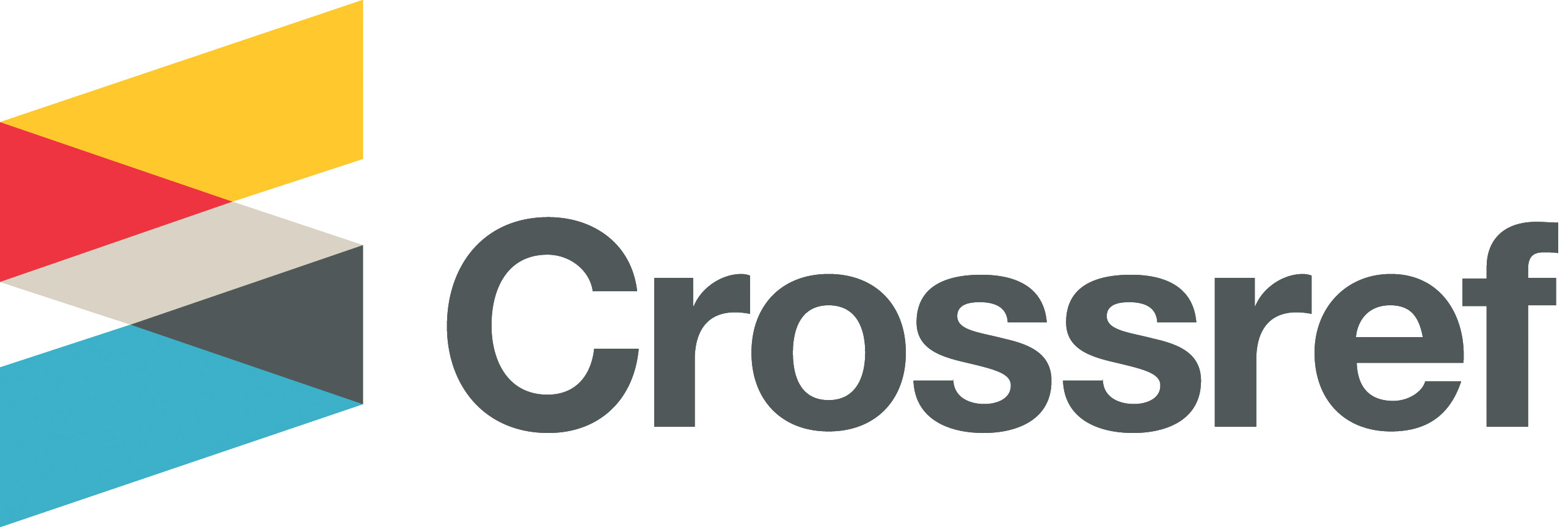الأبعاد الثقافية في الإعلان التلفزيوني
دراسة سيميولوجية
DOI:
https://doi.org/10.33282/abaa.v17i68.1274الكلمات المفتاحية:
الأبعاد الثقافية، الإعلان، التحليل الثقافي، السيميلوجيا، هوفستدالملخص
الأهداف: هدف البحث إلى إبراز المنهج السيميائي في تحليل الإعلان التلفزيوني؛ لرصد الدلالات والمعاني غير المباشرة والكامنة خلف المعنى الظاهر في الإعلان "زين يا بغداد" عن طريق تحليل الإعلان سيميولوجيا، وكذلك التحليل الثقافي باستخدام أبعاد هوفستد؛ بهدف كشف العلاقة بين النص والصورة، ومعرفة العوامل المؤثرة في سيميائية الصورة، كونها تشتمل على علامات ورموز وقواعد ودلالات ذات جذور في الأوضاع الاجتماعية أو الفكرية السائدة في المجتمع.
المنهجية: تم إنجاز مراحل البحث عن طريق تفكيك مشاهد الإعلان إلى لقطات وتحليلها، ومن ثمّ تركيبها لمعرفة الجوانب الخفية، بالاعتماد على المنهج السيميائي في التحليل.
النتائج: أظهرت النتائج هيمنة البُعد الثقافي على محتوى الإعلان، إذ لم يكن الإعلان ترويجًا تجاريًا مباشرًا، بل كان محمّلًا بدلالات ثقافية وتراثية، استُخدمت فيه عناصر الهوية العراقية مثل: "الموسيقى، الأماكن، الشخصيات، اللغة، والملابس"؛ لإيصال رسالة وجدانية عن بغداد، وتم توظيف الرموز البصرية والأيقونية لخدمة المعنى الثقافي، عن طريق توظيف المهن التقليدية مثل: "النّحاس، الخطاط"، وأماكن معروفة مثل: "شارع المتنبي، والمقاهي الشعبية"، ما مكّن الإعلان من تقديم بغداد كرمز ثقافي ووجداني جامع، فضلًا عن ذلك كشفت نتائج التحليل عن مخالفة بعض مؤشرات "هوفستد" الخاصة بالعراق، إذ أظهرت فروقات واضحة بين التصنيف العالمي "هوفستد"، وبين الثقافة المعكوسة في الإعلان.
الخلاصة: لم يُعدّ الإعلان التلفزيوني مجرد أداة ترويجية، بل أصبح وسيلة لبناء رموز ثقافية وتكريس هوية جماعية، وتكشف الدراسة أن القيم الثقافية في المجتمع العراقي، كما تم تمثيلها في الإعلان، تختلف جزئيًا عن مؤشرات "هوفستد"، مما يعكس الخصوصية الثقافية المحلية.
التنزيلات
المراجع
Al-Azzawi, M. M., & Jameel, B. (2021). The Semiology of Narrative Construction in Television Advertising to an Announce "God Will not Forget us" about the Covid-19 Pandemic for Zain Mobile Telecommunication Company. ALBAHITH ALALAMI, 13(52), 223-240. https://doi.org/10.33282/abaa.v13i52.776
Al-Jamal, R. M. (2009). International Public Relations and Intercultural Communication. Cairo: Egyptian-Lebanese Publishing House.
Al-Rajhi, A. (1998). Grammatical Application. Cairo: Dar Al-Maaref Al-Jamiiyya.
Alazawi, M., & Alrawi, B. (2022). Denotation of Narrative Features in Television Advertising (A Semiotic Approach to Mr. President's Declaration). Dirasat: Human and Social Sciences, 49(1), 144-171. https://doi.org/10.35516/hum.v49i1.1651
Aumont, J., & Marie, M. (2004). analyse des films. paris: Broché.
Borrelli, N. (2007). Advertising Across Cultures: A Linguistic-Semiotic Analysis of British and Italian TV Commercials [Doctoral thesis, Università degli Studi di Napoli Federico II]. http://doi.org/10.6092/UNINA/FEDOA/1811
Bouchehit, M. (2016). The method of 'film analysis' from theory to practice: How do we read a film according to the film reading framework? Journal of Communication and Journalism, 3(2), 86-118. https://asjp.cerist.dz/en/article/35622
Cathetat, B. (2001). Publicite et societe. Paris: Payot.
de Mooij, M., & Hofstede, G. (2010). The Hofstede model: Applications to global branding and advertising strategy and research. International Journal of Advertising, 29(1), 85-110. https://doi.org/10.2501/S026504870920104X
Eco, U. (2007). The Sign: An Analysis of the Concept and Its History (S. Bengrad, Trans.). Beirut: Arab Cultural Center.
Fethi, K. M. (2017). Cultural Representations in Television Advertising: An Analytical Study of a Sample of Advertisements on the Private Channel Echorouk TV. [Doctoral Thesis, University of Abdelhamid Ibn Badis, Mostaganem]. http://e-biblio.univ-mosta.dz/handle/123456789/871
Hofstede, G. (2011). Dimensionalizing Cultures: The Hofstede Model in Context. Online Readings in Psychology and Culture, 2(1). https://doi.org/10.9707/2307-0919.1014
Hofstede’s Insights. (n.d). Design a culture that will support your strategy. Hofstede Insights. https://www.hofstede-insights.com/country/iraq/
Ismail, M. H. E. (2014). Satirists and Rebels: Semiotic and Cultural Studies in Arab Media. Cairo: Al Arabi For Publishing and Distribution.
Mokrétar, k., & Al-Arabi, B. (2016). The Cultural Representqtion In Advertising Discours (The Advertising Of Ennahar TV). Jamaliyat, 3(3), 64-72. https://asjp.cerist.dz/en/article/77246
Muhanna, F. (2002). Communication Sciences and Digital Communities. Beirut: Dar Al-Fikr Al-Muasir.
Salima, S., & Bakhoush, N. (2015). Rhetorical Methods in Television Advertising: A Semiological Study on a Sample of Advertising Flashes in Algerian Television [Master's Thesis, Mohamed Khider University of Biskra]. http://archives.univ-biskra.dz/handle/123456789/6746
التنزيلات
Key Dates
الإستلام
النسخة النهائية
الموافقة
منشور
إصدار
القسم
الرخصة
الحقوق الفكرية (c) 2025 الباحث

هذا العمل مرخص بموجب Creative Commons Attribution 4.0 International License.

















